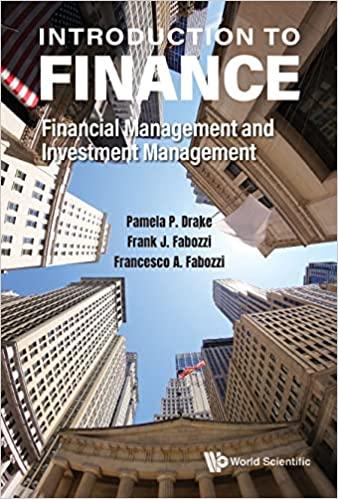Part 1: Time value of money, the Net Present Value and the InternATRALE UI KLUTI 1. Use excel to answer this question. If you have the following financial transactions: (10000, -6000,-5500) (10000, -3200,-8960) (10000, -6800,-4320) a. What is the interest rate for each of the cash flows? b. If your IRR is 15%, which one would you select? Why? c. If your IRR is 12%, which one would you select? Why? d. Generalize this analysis and present a graph that shows the regions in which one financial transaction is preferred to the other. Comment your results. 2. Assuming that the average annual return of the three-month T-bills is 3% and the average annual return for the SP500 is 9%. If you have the following investment transactions: (-10000, 11000) (-1000, 1200) a. Which project would you execute if the future cash flow is a sure thing? b. Discuss and present a possible solution: If the future cash flows are simply expected ones and you consider that the risk of these investments can be comparable to an investment in stock markets, would your decision of part a. change? Why? Part 1: Time value of money, the Net Present Value and the InternATRALE UI KLUTI 1. Use excel to answer this question. If you have the following financial transactions: (10000, -6000,-5500) (10000, -3200,-8960) (10000, -6800,-4320) a. What is the interest rate for each of the cash flows? b. If your IRR is 15%, which one would you select? Why? c. If your IRR is 12%, which one would you select? Why? d. Generalize this analysis and present a graph that shows the regions in which one financial transaction is preferred to the other. Comment your results. 2. Assuming that the average annual return of the three-month T-bills is 3% and the average annual return for the SP500 is 9%. If you have the following investment transactions: (-10000, 11000) (-1000, 1200) a. Which project would you execute if the future cash flow is a sure thing? b. Discuss and present a possible solution: If the future cash flows are simply expected ones and you consider that the risk of these investments can be comparable to an investment in stock markets, would your decision of part a. change? Why







